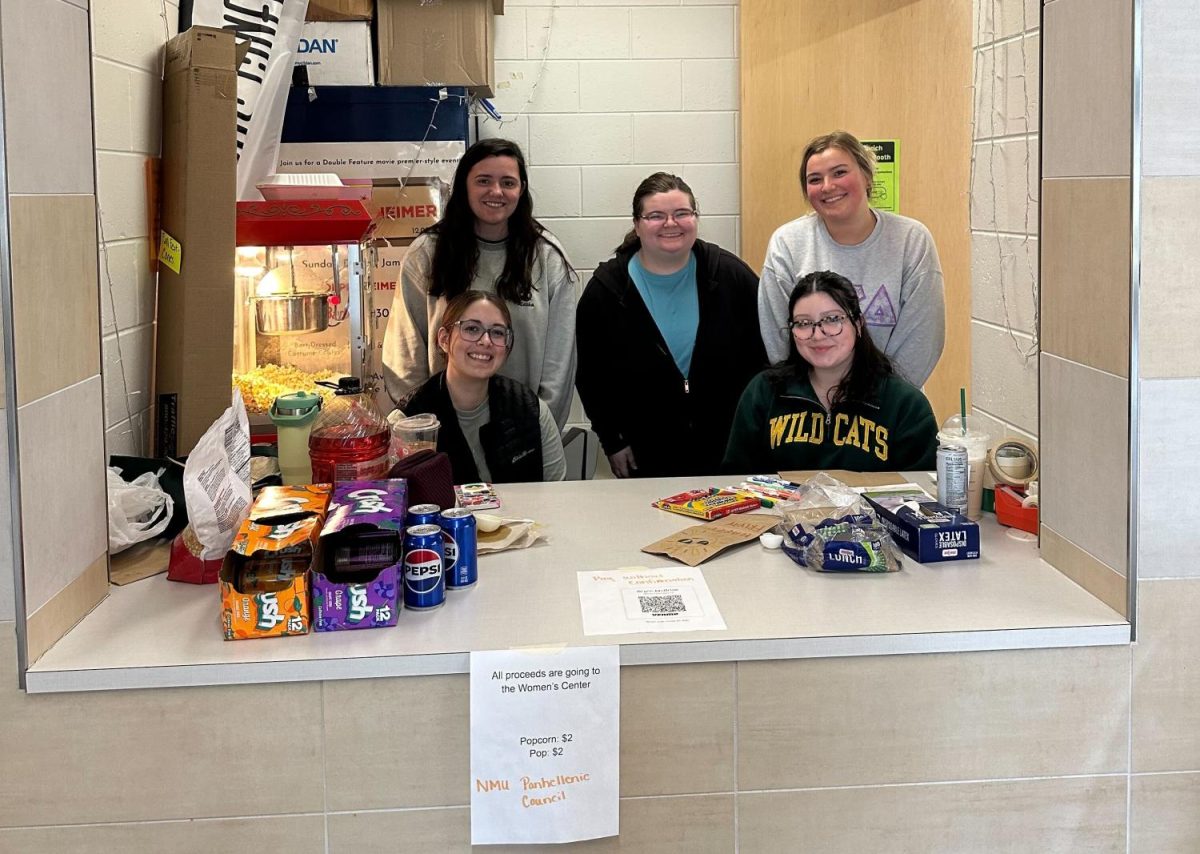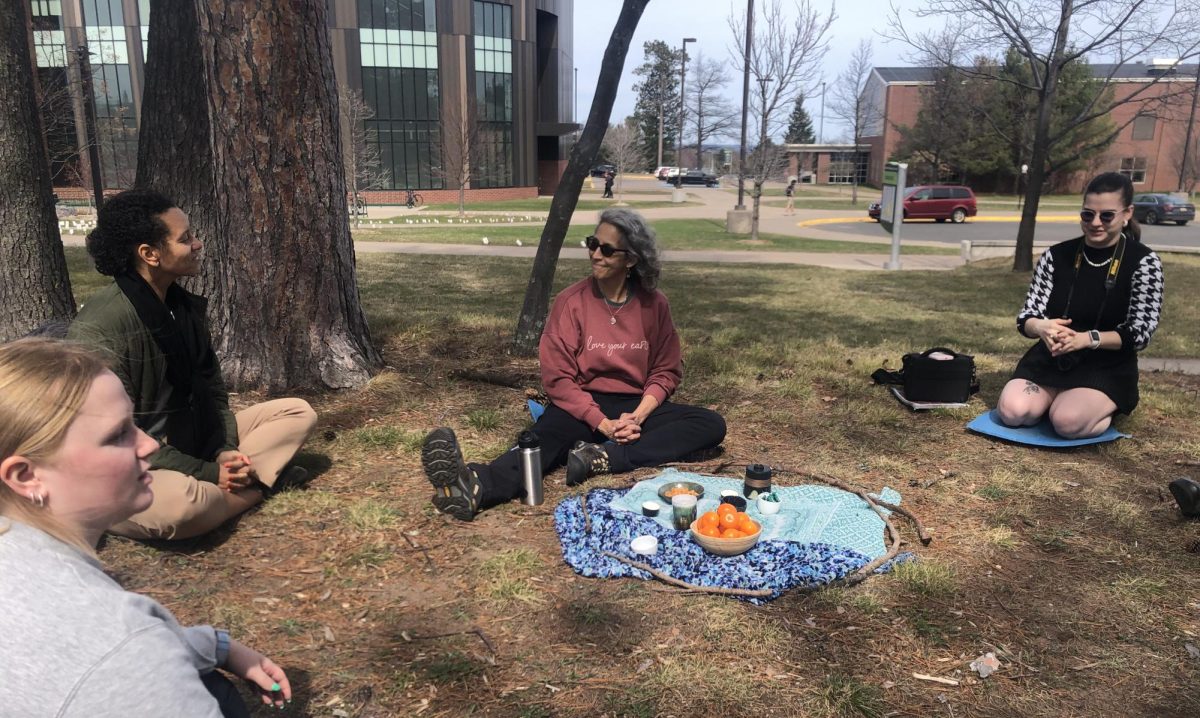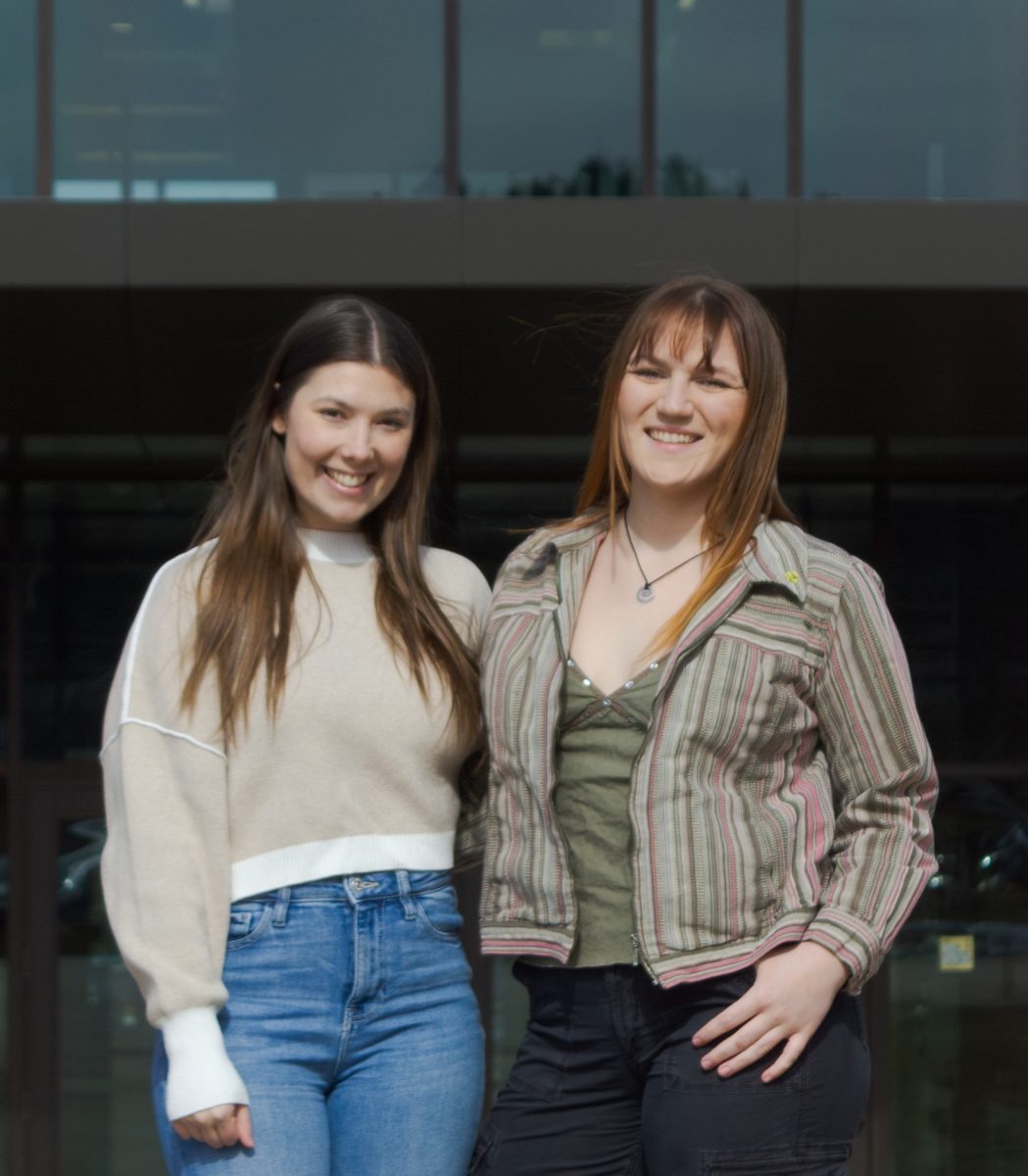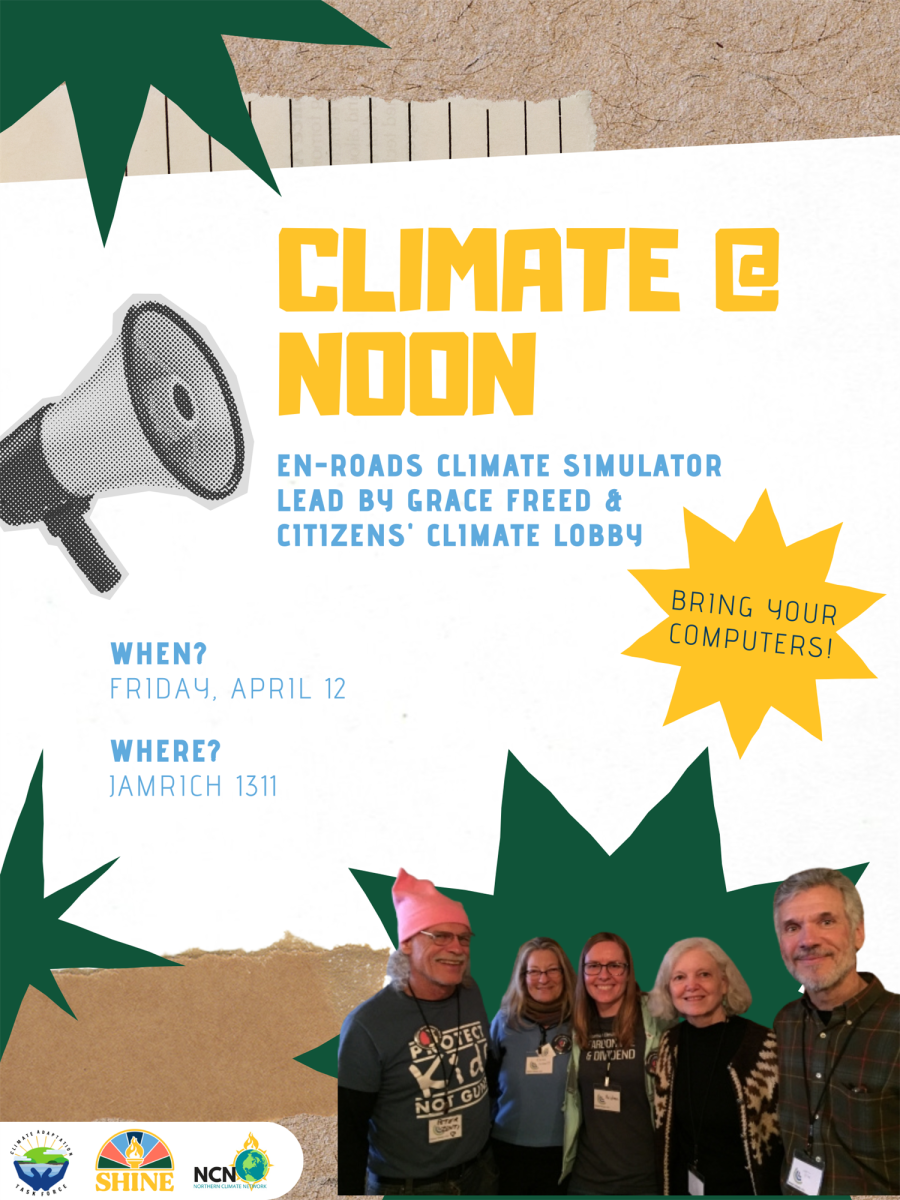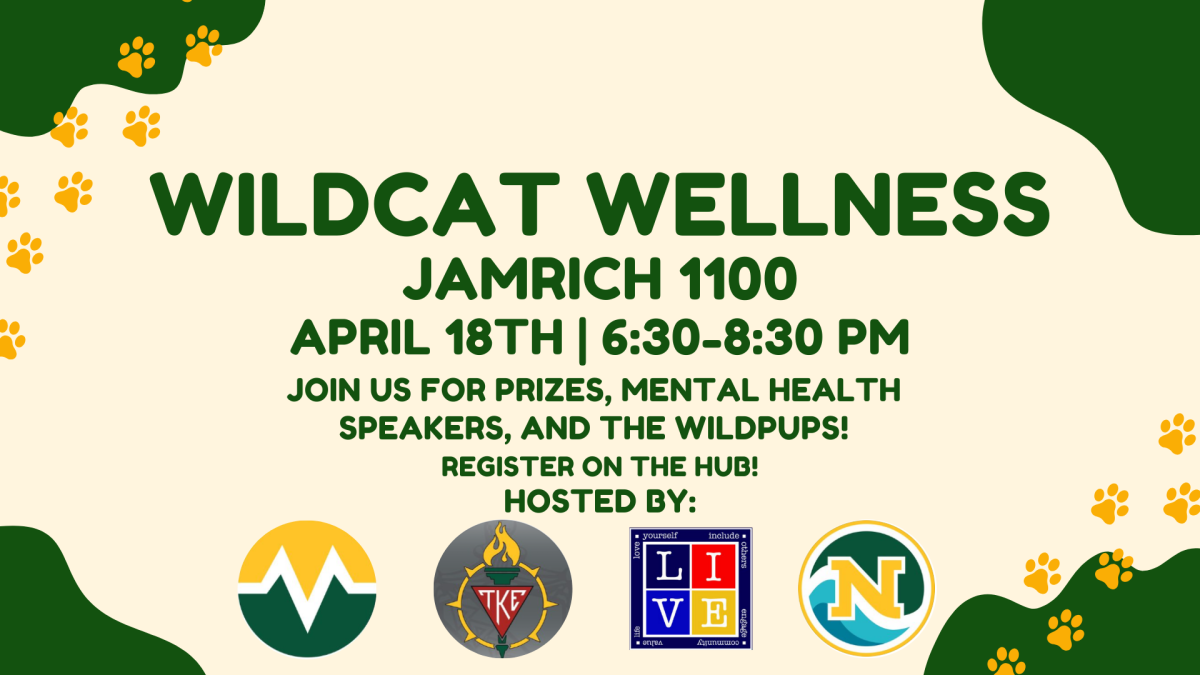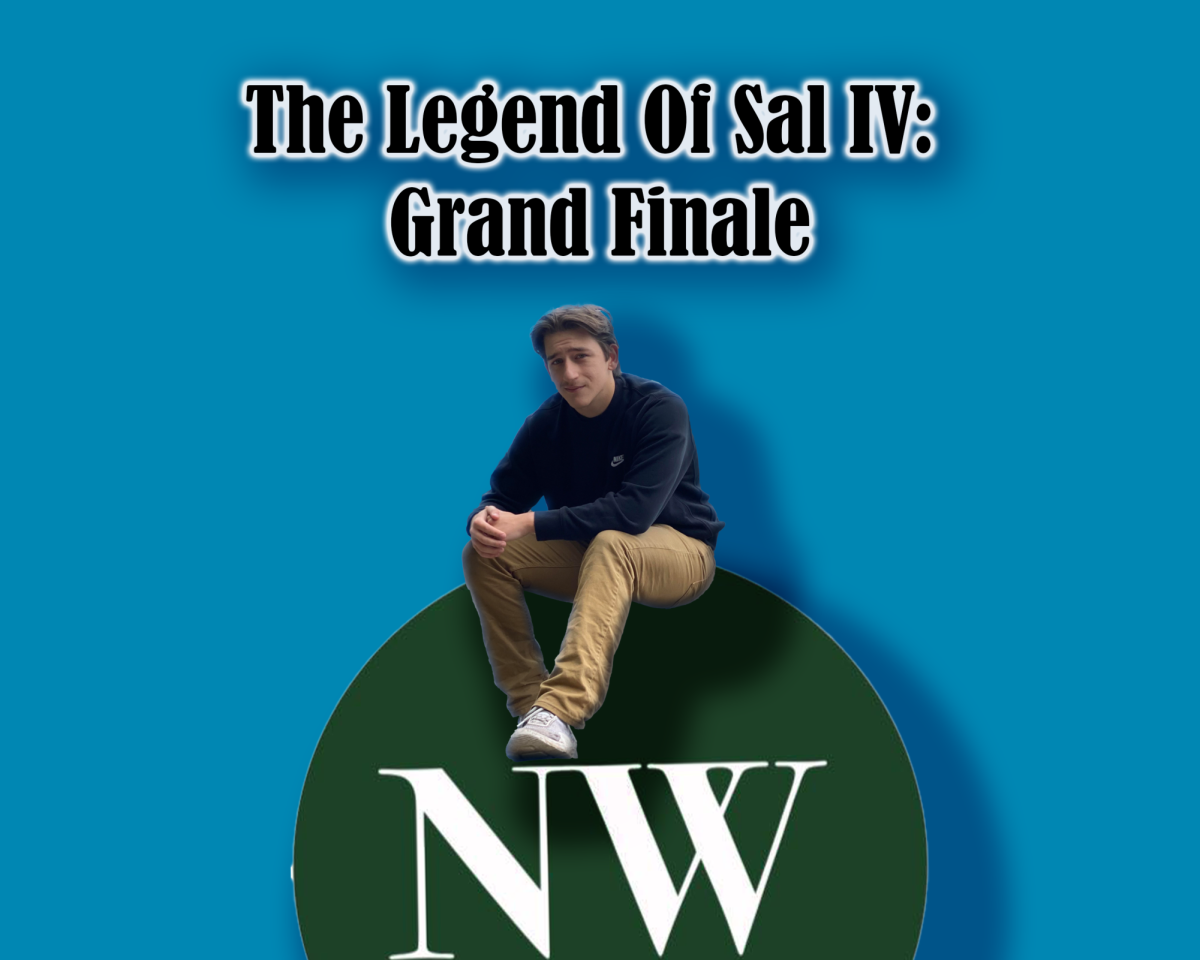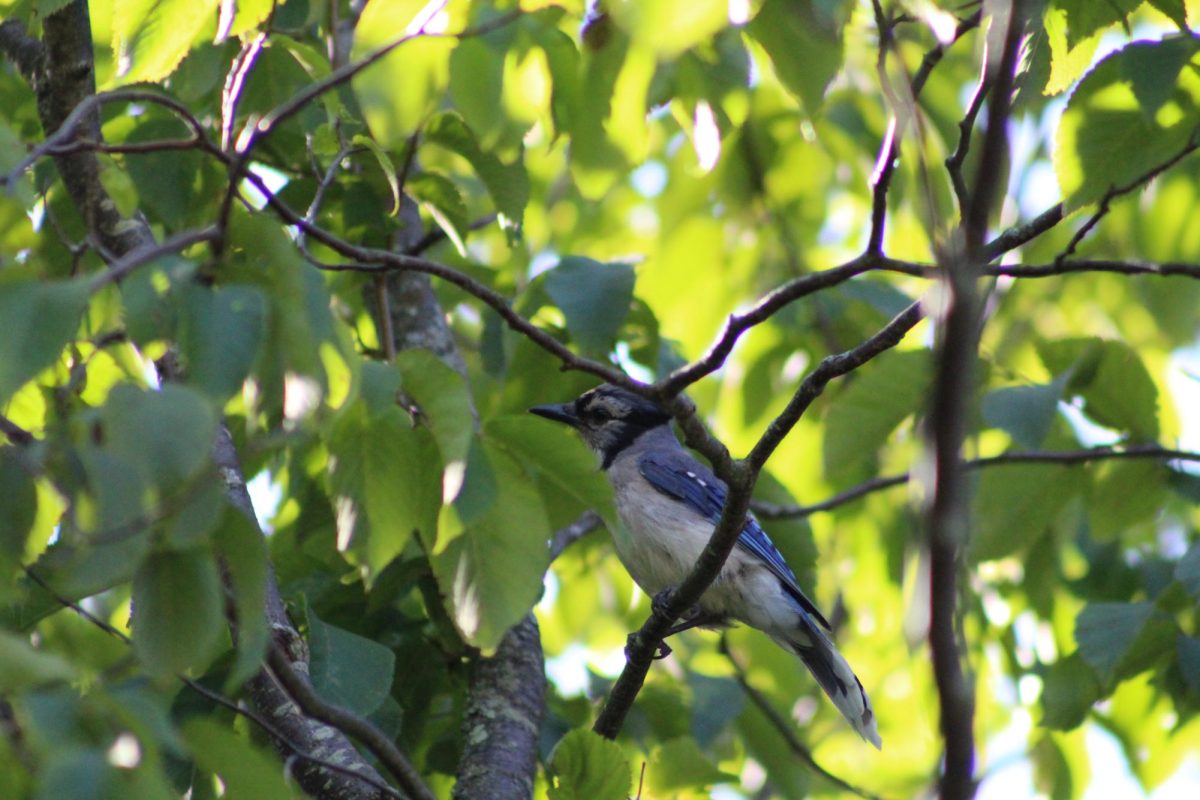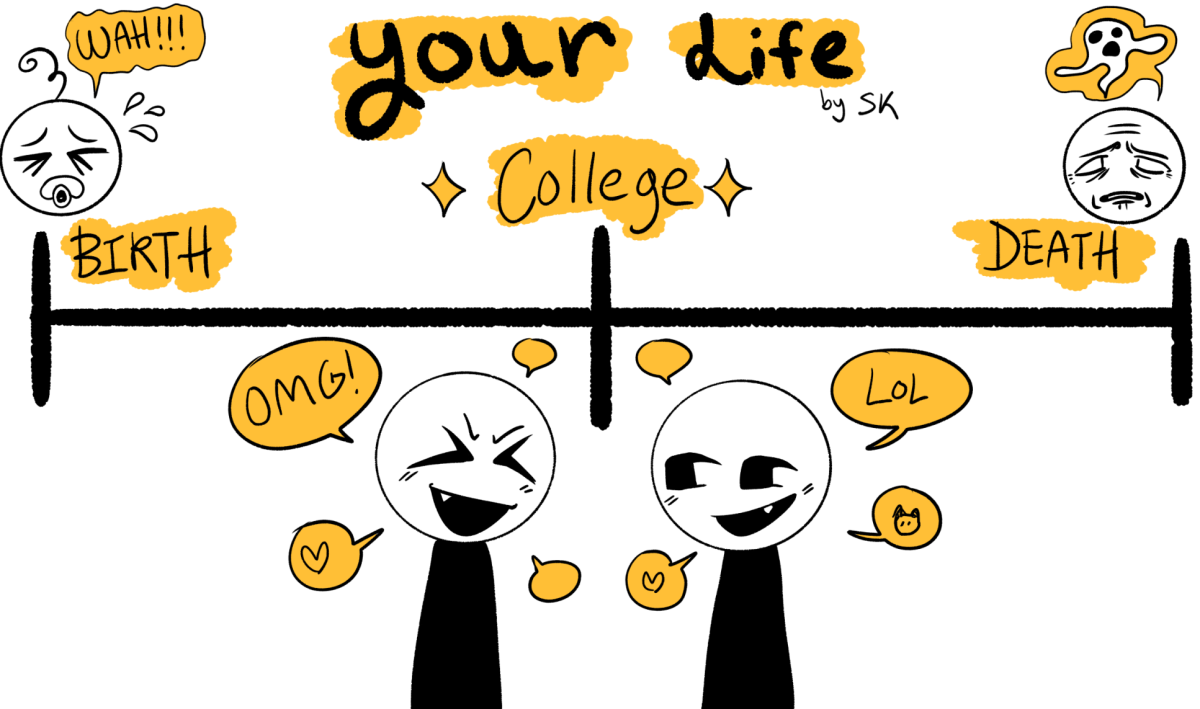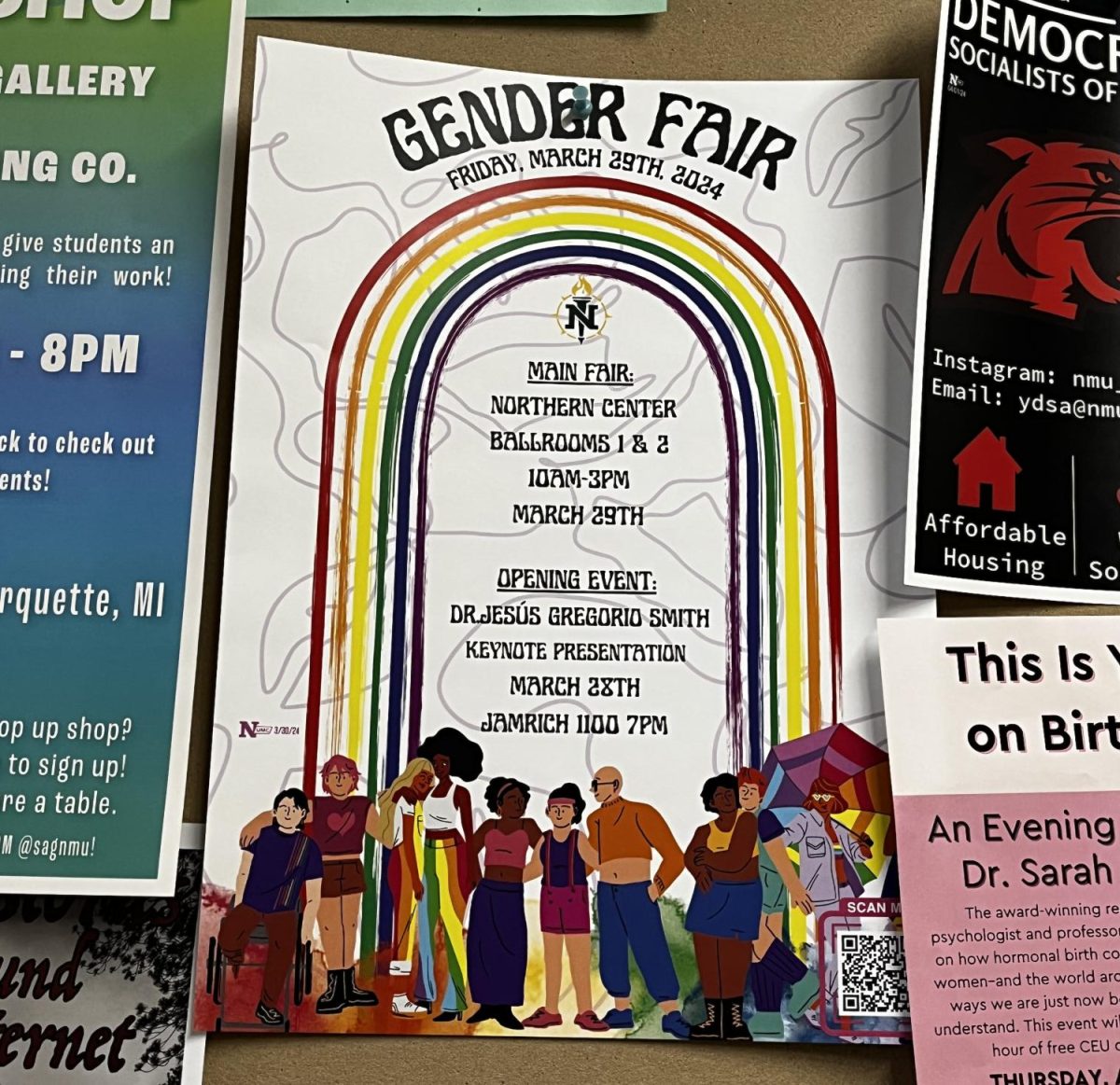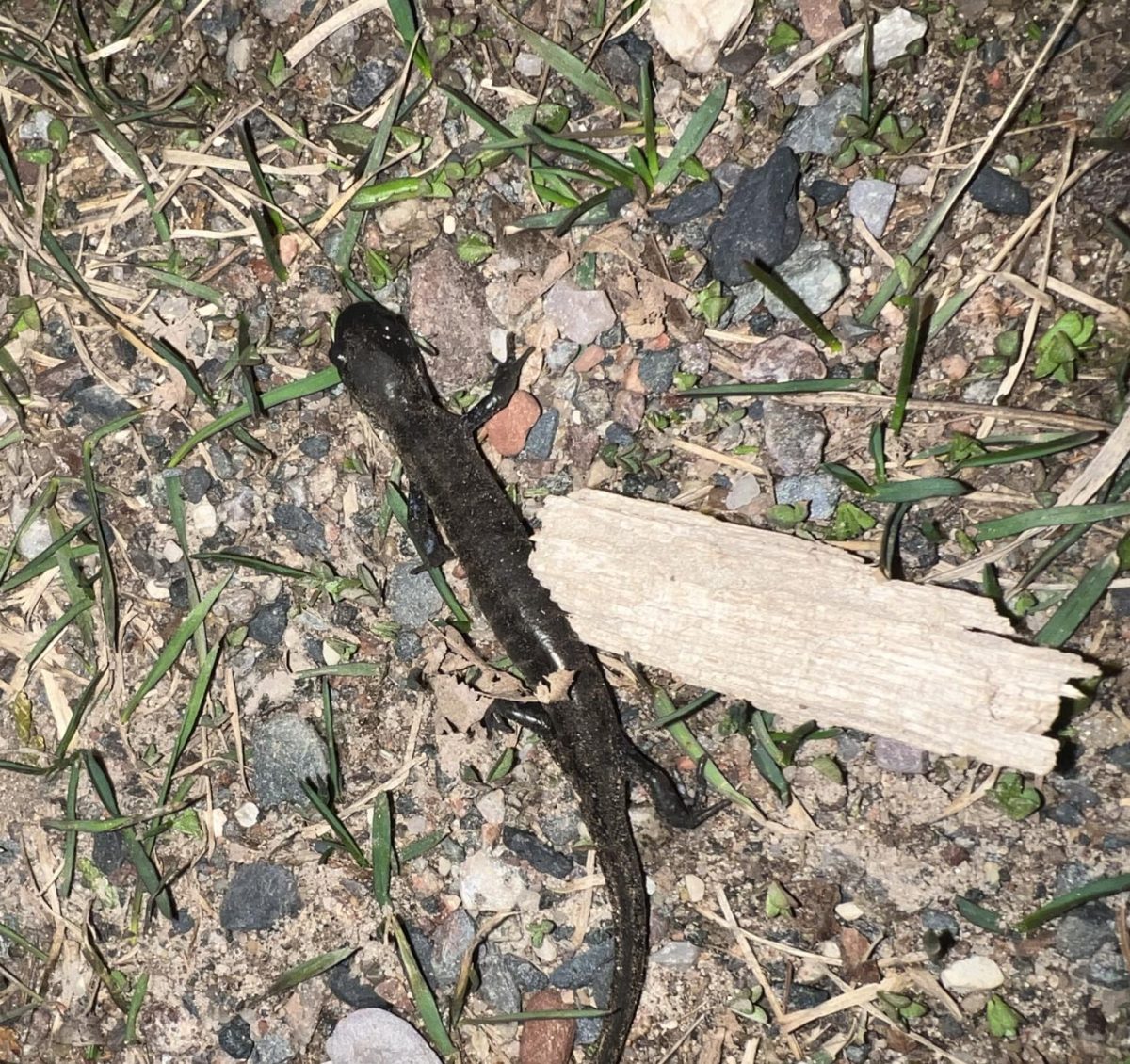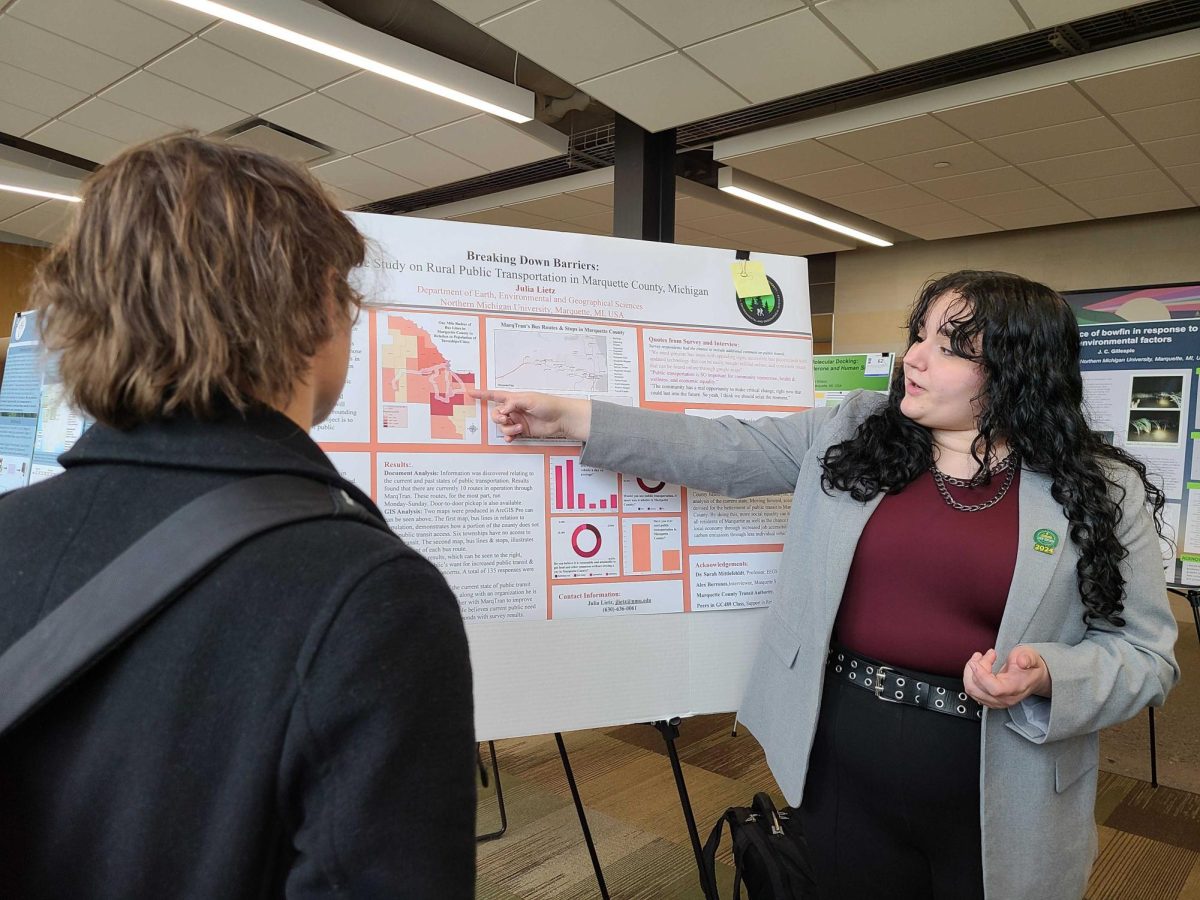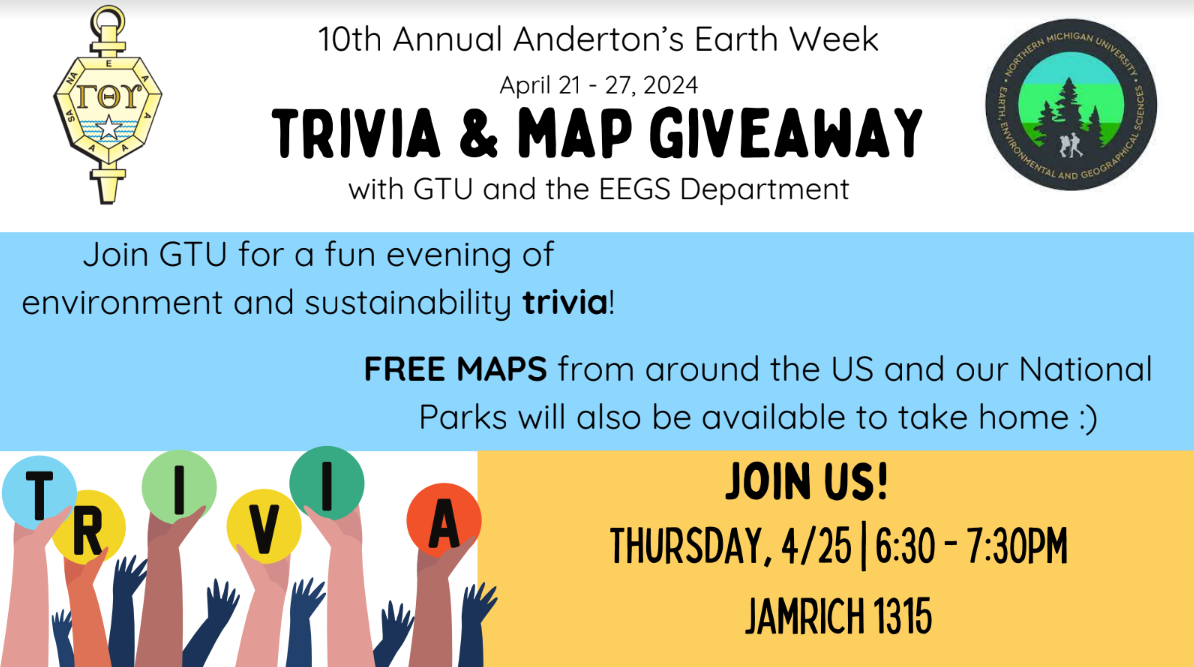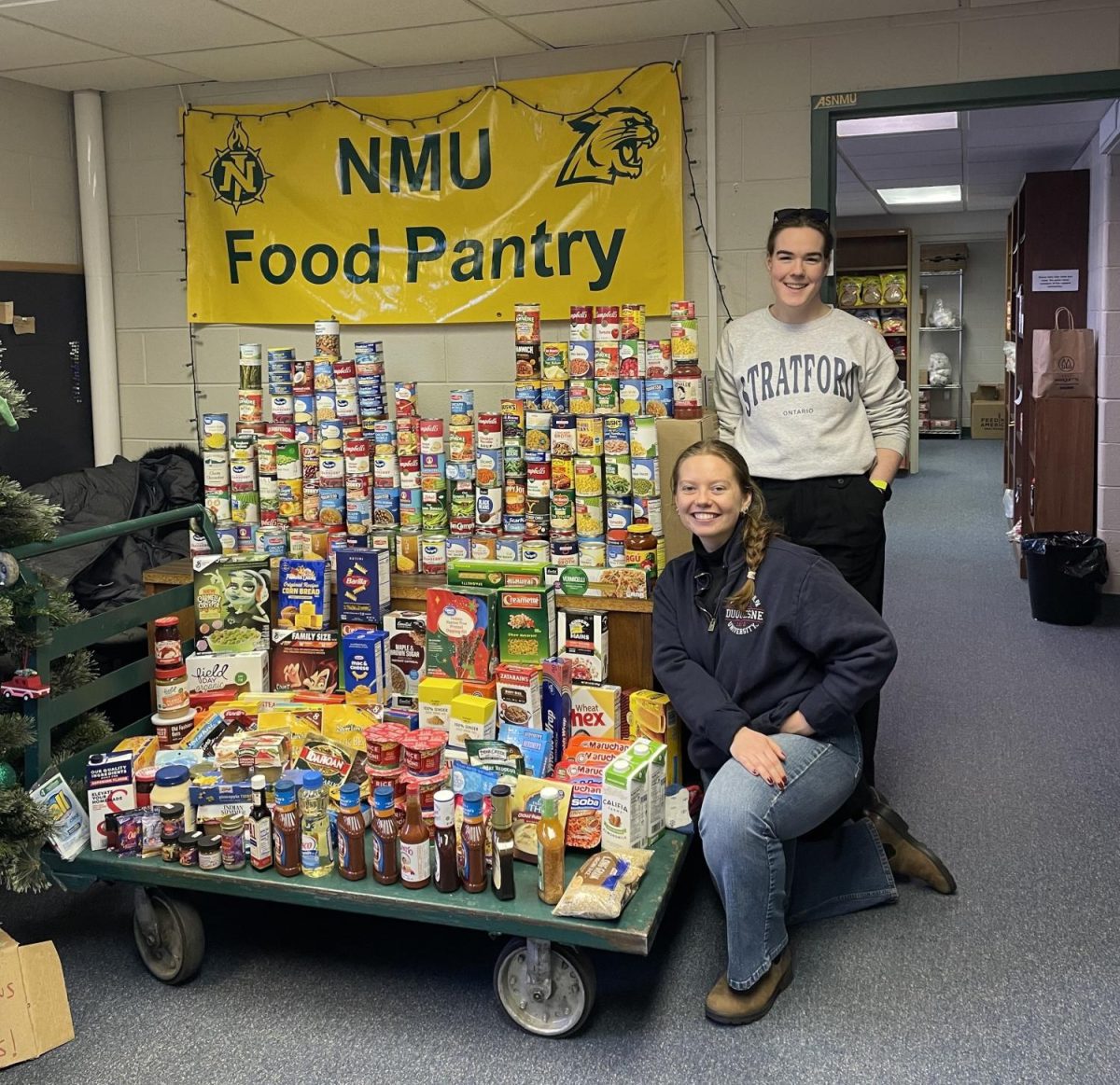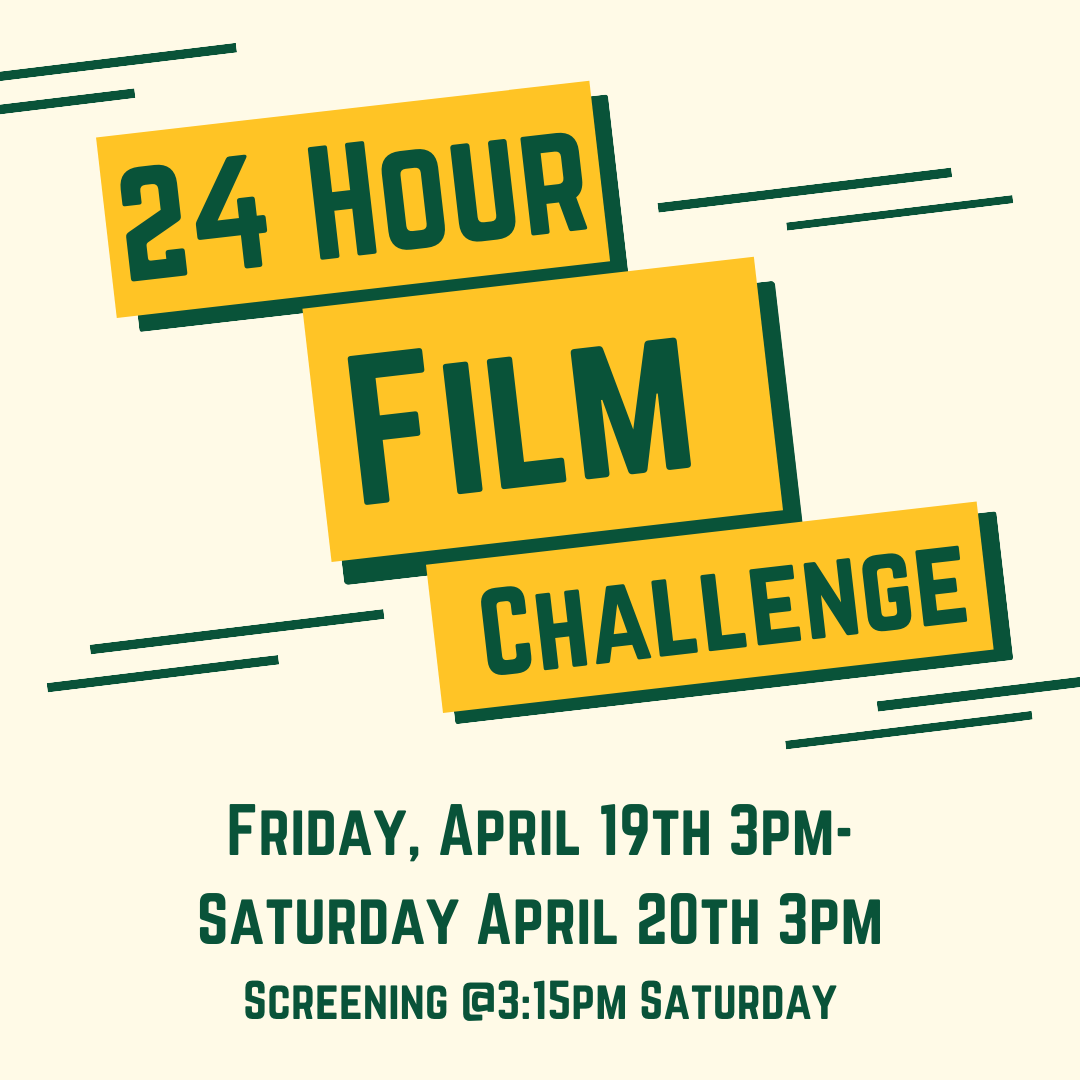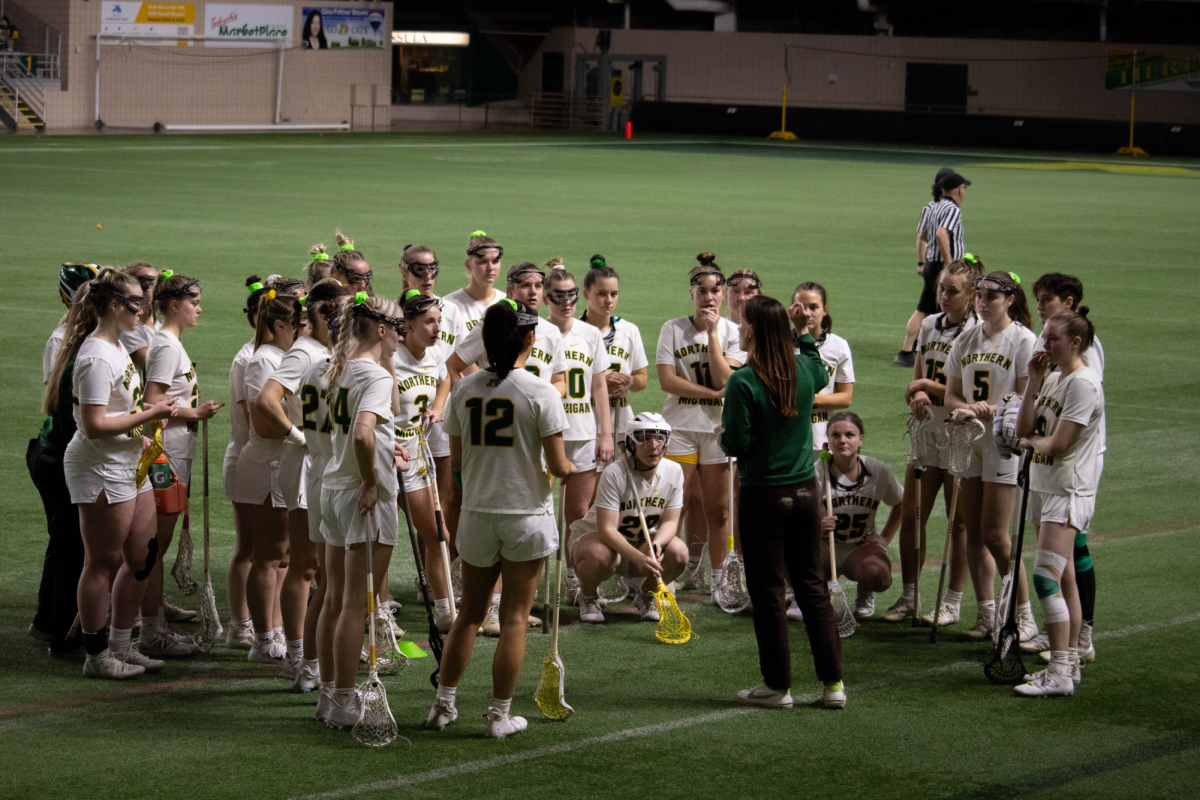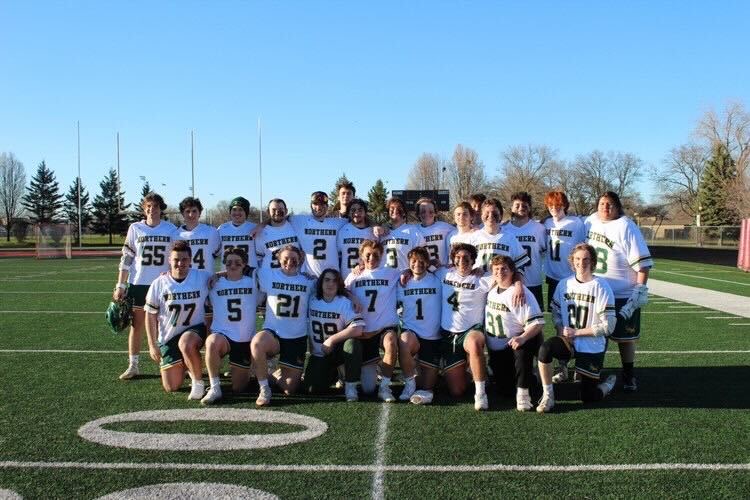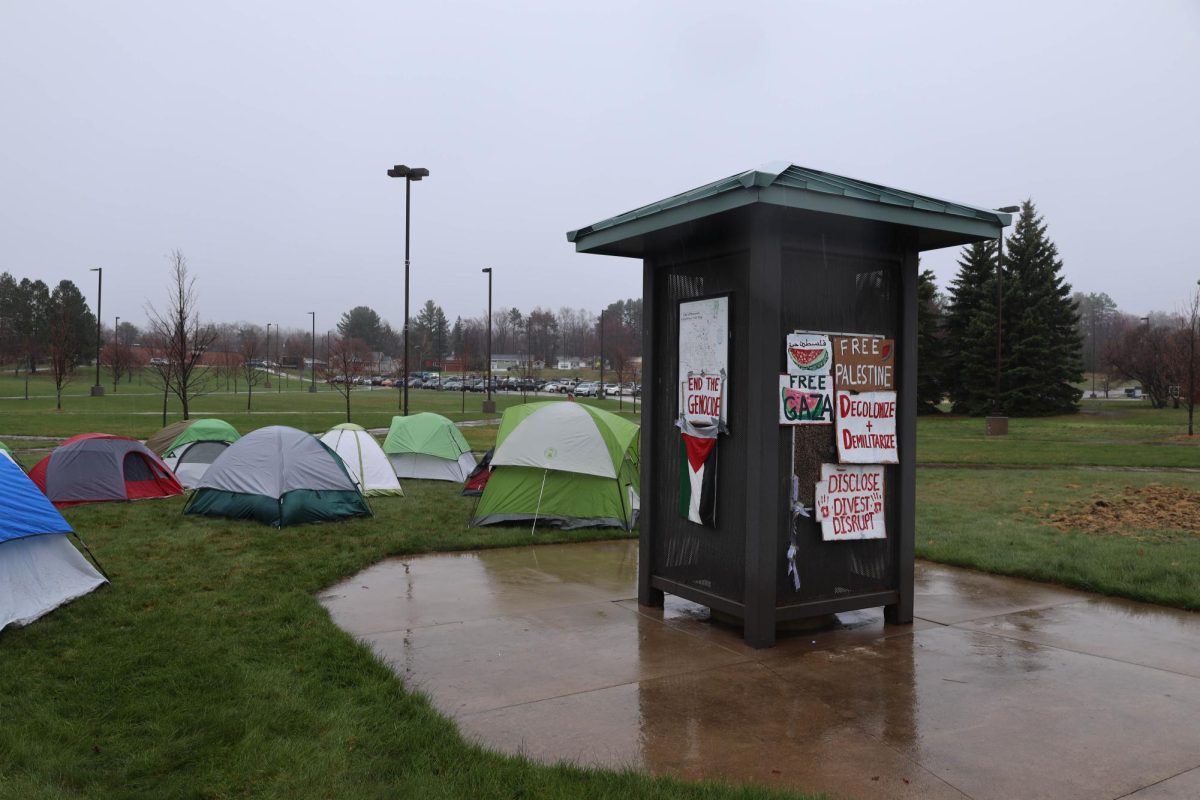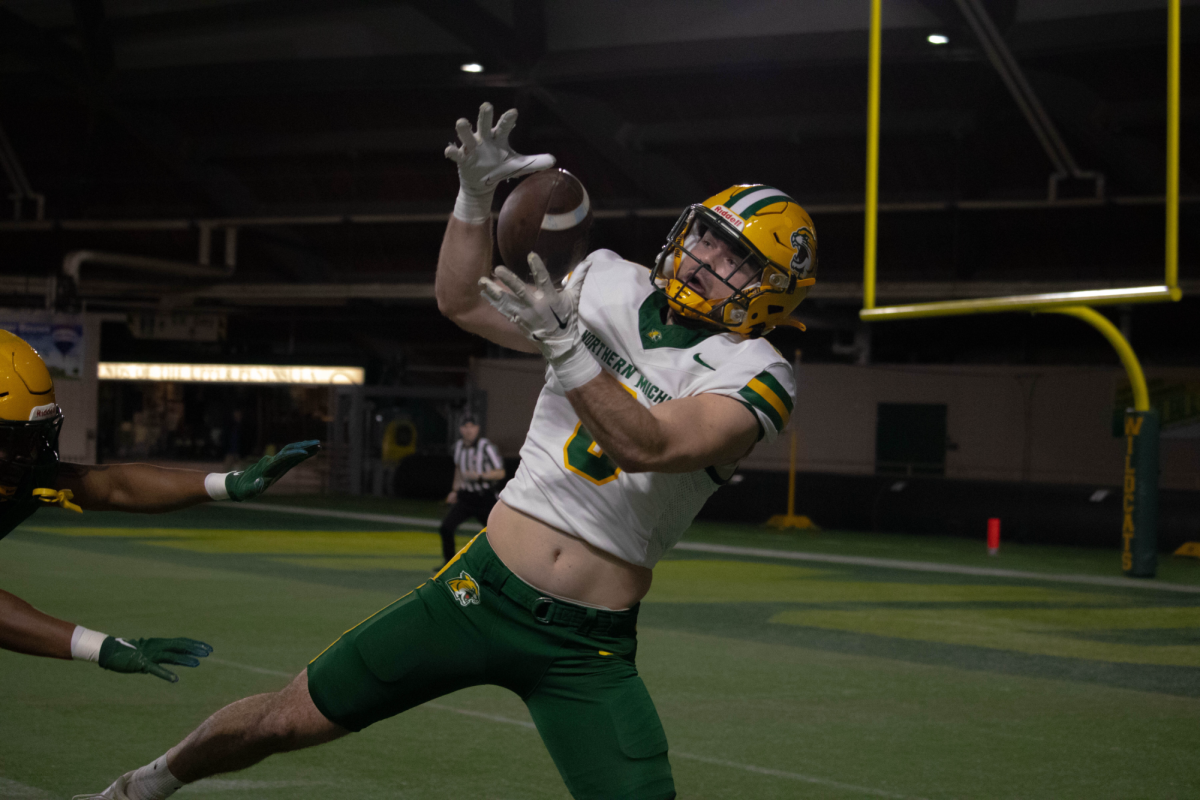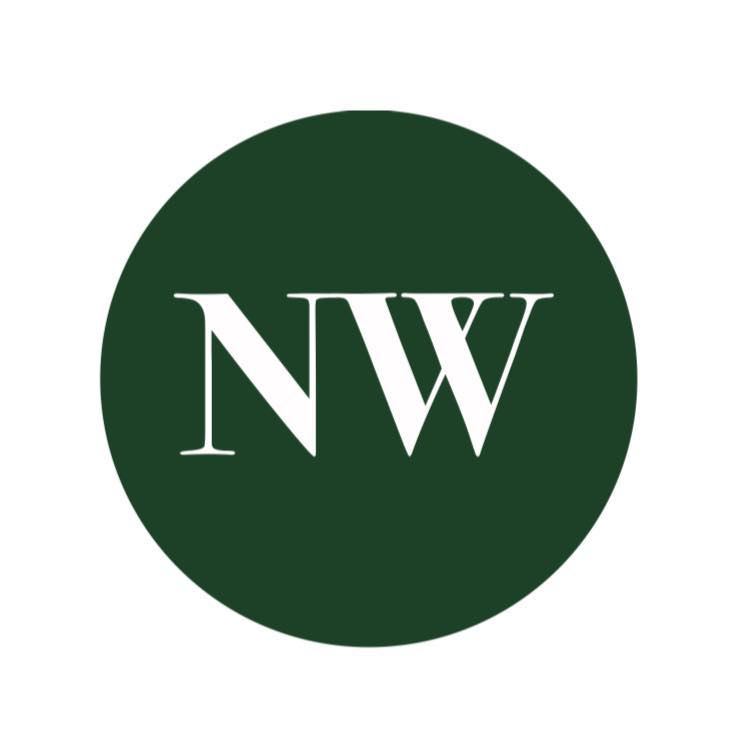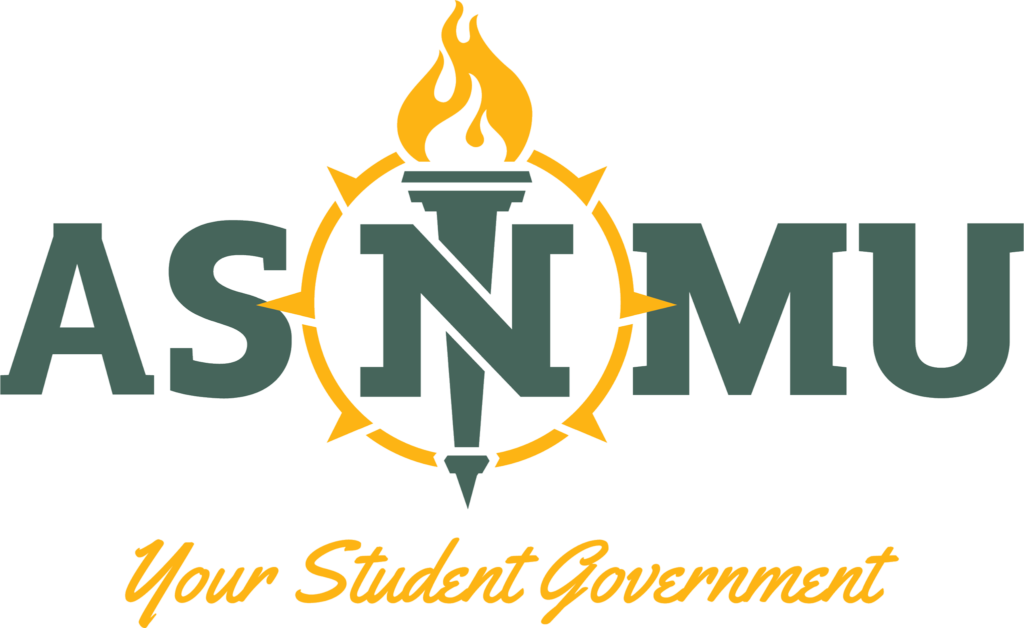By Andrea Weiner
Superior Edge is a program that combines community involvement, diversity awareness, leadership development and real-world experience.
It allows students the chance to gain new experiences, refine their skills, beneficial to their resume and can be done at the student’s individual pace.
Unlike other programs, it is open to all students regardless of major, year and GPA. The flexibility of the program, in addition to basing the hours on a student’s interests, career goals and schedule it is easy to incorporate into the NMU student’s life.
“Initially I signed up for Superior Edge as a resume builder,” said Zach Bartel, a senior environmental science major. “But I noticed that the people in the program were people that I respected and wanted to emulate.”
The log allows a student to look back at events that they have volunteered for. Logging what that event entailed allows for an accurate look back at a student’s experiences and assist them in choosing which of them would be more helpful in applying for jobs.
Bartel spent some time in New Zealand counting seal populations. One day a river had flooded a road that his group needed to pass. Luckily, there was a bulldozer trying to make the area passable. So, they hopped into the shovel and it took us across, Bartel said.
“Everyone is so busy, you don’t take time to reflect,” said Rachel Harris, associate director of the Center for Student Enrichment.
The program is divided into four edges: citizenship, diversity, leadership and real world. Citizenship focuses on empathy, concern for others and gaining practical experience in community settings.
Diversity develops an appreciation for diversity, teaches different cultures and helps to understand global issues.
Leadership helps a student learn the different leadership styles, approaches, personal awareness of weakness and strengths and understanding group dynamics.
Real world edge develops the confidence that is important to succeed and relates classroom theory to practical settings.
An edge is considered complete after 100 hours of relevant activities have been logged and a reflection paper that articulates what a student has learned throughout the process is written.
“(We) want people to get credit for what they are doing,” Harris said.
There are approximately 2,643 students enrolled in the program this fall; 49 percent of these students are currently logging their hours.
The goal is to get 55 percent of enrolled students to log hours for this academic year. One of CSE’s previous incentives to get students to log hours was rewarding them with a $5 Starbucks gift card after they have finished an edge.
Posters, table tents, banners and North Wind advertisements are Superior Edge’s main source of promotions. They work with the Volunteer Center to find opportunities for the students.
Most of the recruitment efforts are towards freshmen, Harris said. Most upperclassmen know about the program and have decided whether they are going to enroll in the program.
“The program has allowed me to record what I´ve done,” said Bartel. “And to reflect on how those experiences shaped me as an individual.”
The orientation dates are: 4 p.m. Thursday, Sept. 29, 5 p.m. Monday, Oct. 3, 4 p.m. Tuesday, Oct. 11, noon on Friday, Oct. 14, and 11 a.m. Friday, Nov. 11.
All of orientations will be held in The Back Room in the University Center.

